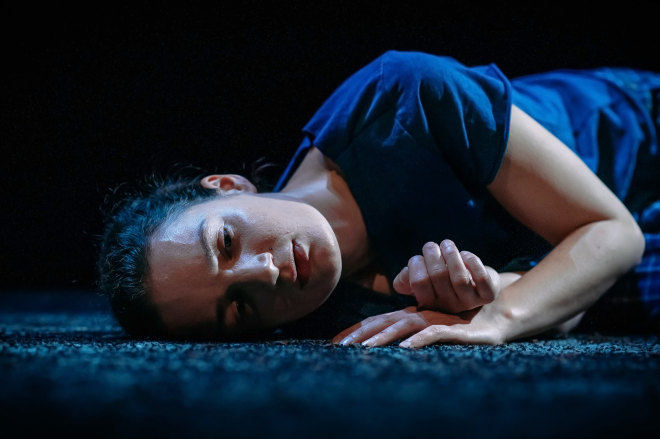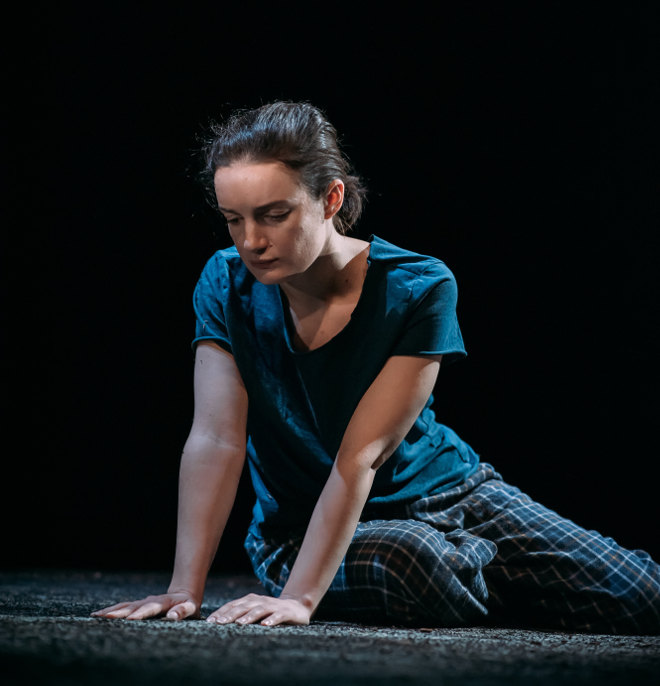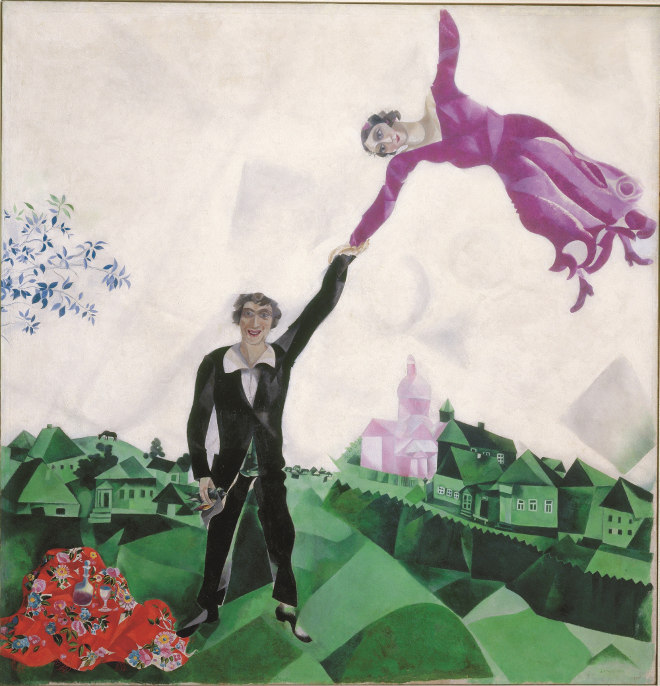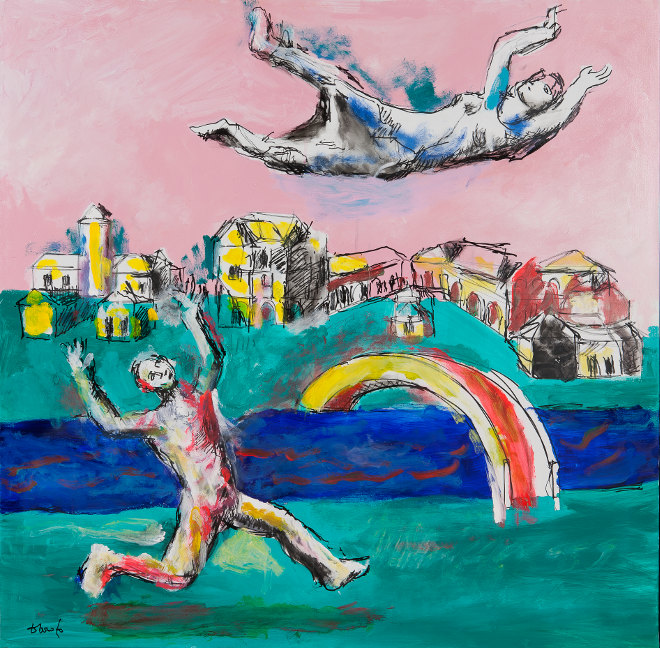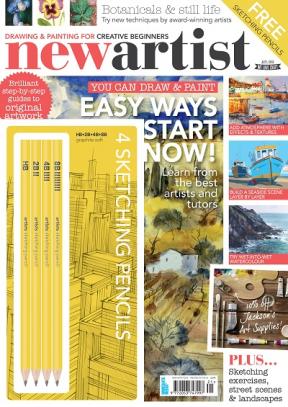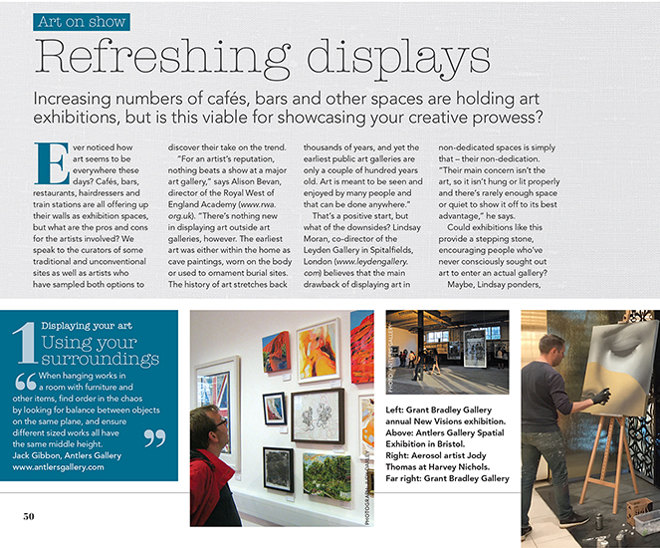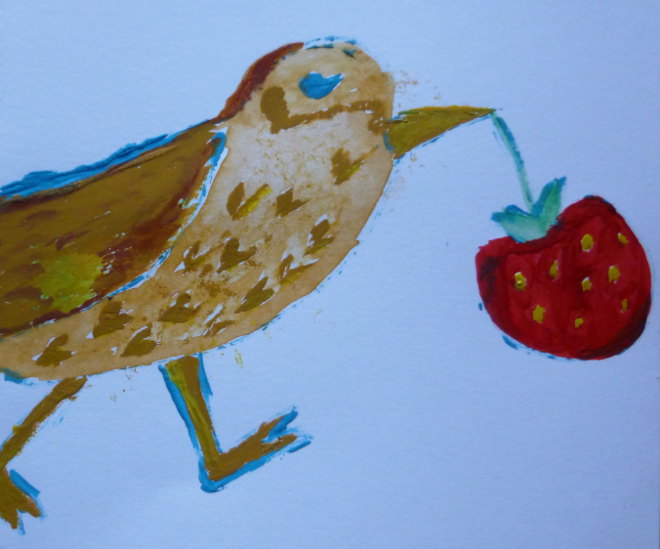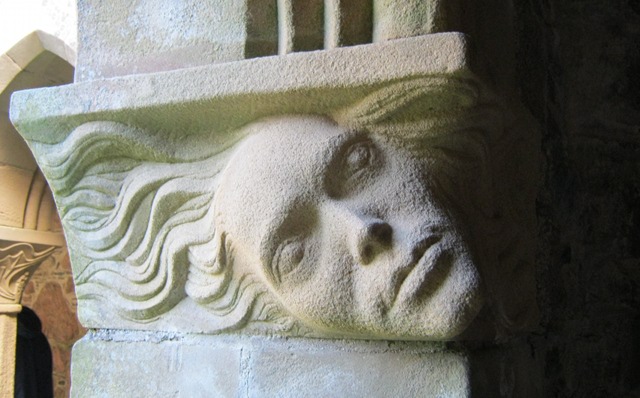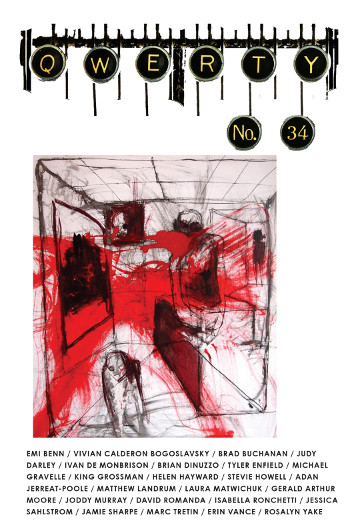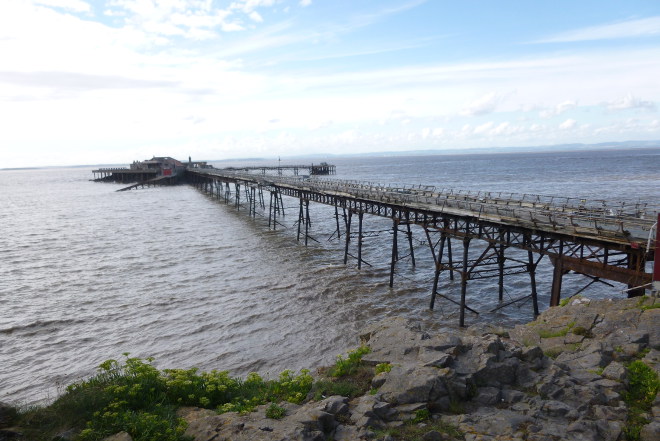Sweeping us from the days before birth deep into a girl’s life, Annie Ryan’s adaptation of Eimear McBride’s award-winning novel for The Corn Exchange Theatre is a formidable journey. The adaptation itself is a work of mastery – at no point do we exit the inner narrative of the half-formed girl, instead experiencing everything that comes her way with visceral intensity.
To accomplish this, Ryan cast just one character, the girl, performed with extraordinary power by Aoife Duffin, who also presents us with every person the girl encounters, from mother, brother and uncle to a breezy roommate, and a succession of men. Her ability to portray different presences is striking – a few alterations to her voice and posture conjure up a host of folks with a variety of intentions towards the girl.
With equal economy, the stage is dressed with no more than a covering that could be carpet, could be mud, and Duffin’s costume comprises what looks like lounge wear – comfortable, unassuming and disarmingly vulnerable. Her feet are bare throughout, allowing Duffin’s talent to shine as she acts from head to toe.
The story isn’t easy-going. There’s grief, betrayal and an awful lot of sex, most of elicited but less with passion than a desire for self-abasement.
Yet, this is a love story in the purest sense of the word, as the girl aims to protect her older brother and keep him safe from the tumour that afflicted him before her birth. He is the ‘You’ she refers to frequently, and when she talks of their childhood, we’re offered the impression of them hiding together from their irate ma, secure and for the most part happy.
Subtle use of sounds and lighting move us from scene to scene, and mood to mood, but truly this is a play of words; fractured, invented, poetic and bold. Duffin breathes them with every part of her being, so that when she is sore, we are sore, and when she is searching for a sense of herself in all the wrong places, we are searching for her too, so we can bring her safely home.
It’s a performance full of strength, raising questions about culpability and the tendency of victims to punish only themselves. By the end of the 1hr, 25 minute play, Duffin is in emotional tatters, running from the stage after each curtain call with palpable relief. The courage required by this show, and by the girl it focuses on, is evident on her face.
A Girl is a Half-formed Thing is at Tobacco Factory Theatres until Saturday 30th January. To book tickets visit www.tobaccofactorytheatres.com, call 0117 902 0344 or email tickets@tobaccofactorytheatres.com.
To submit or suggest a review, please send an email to judydarley (at) iCloud.com.

